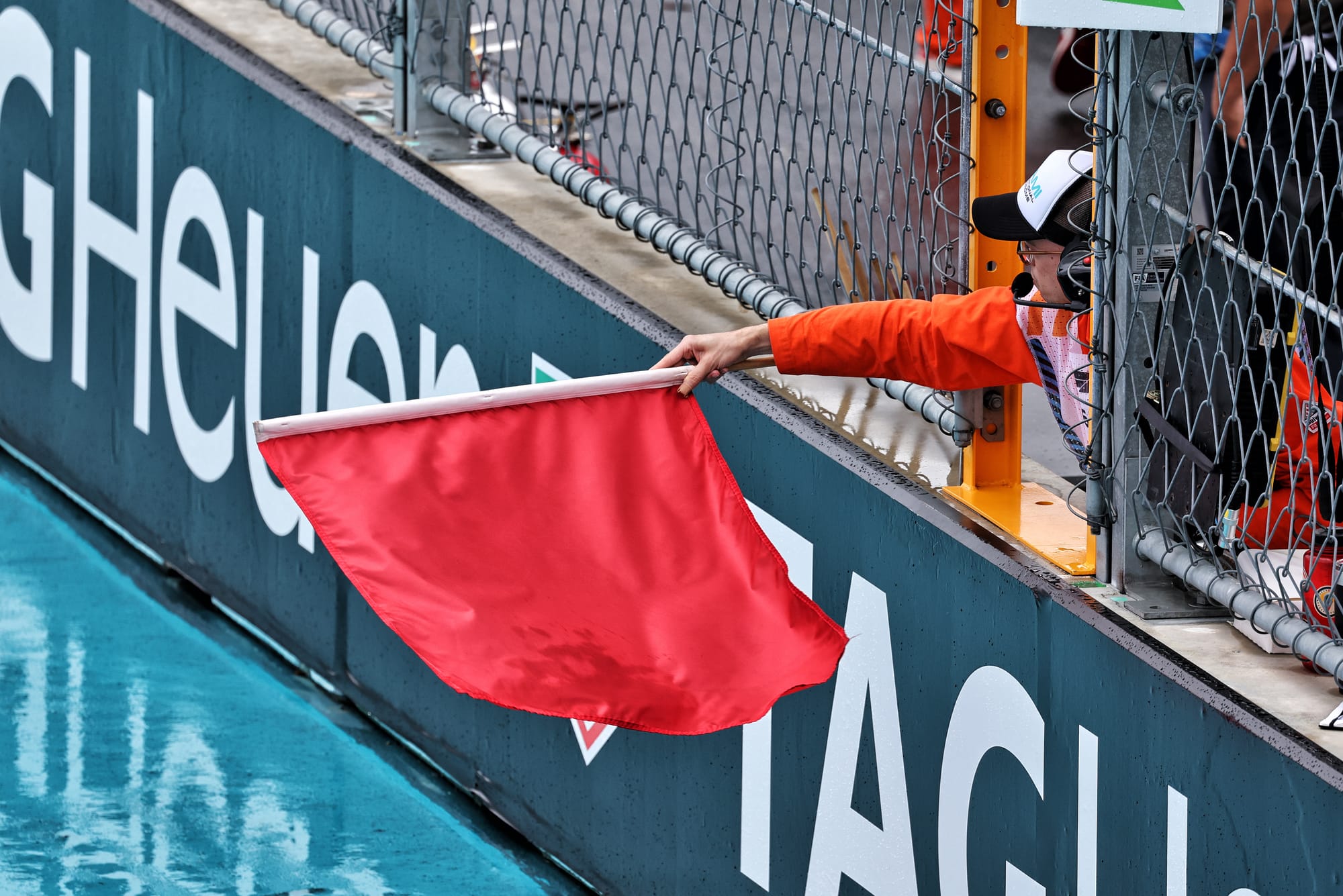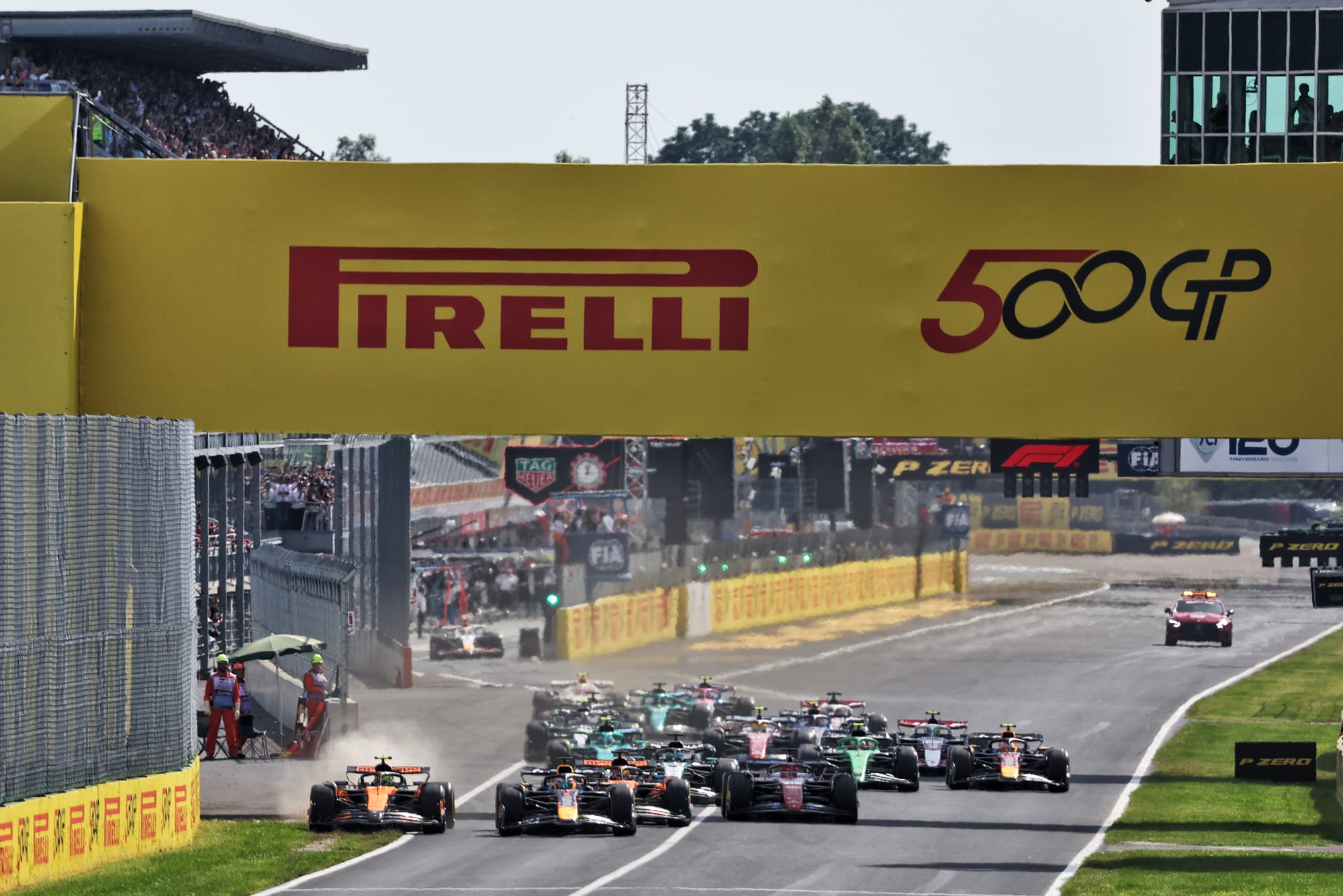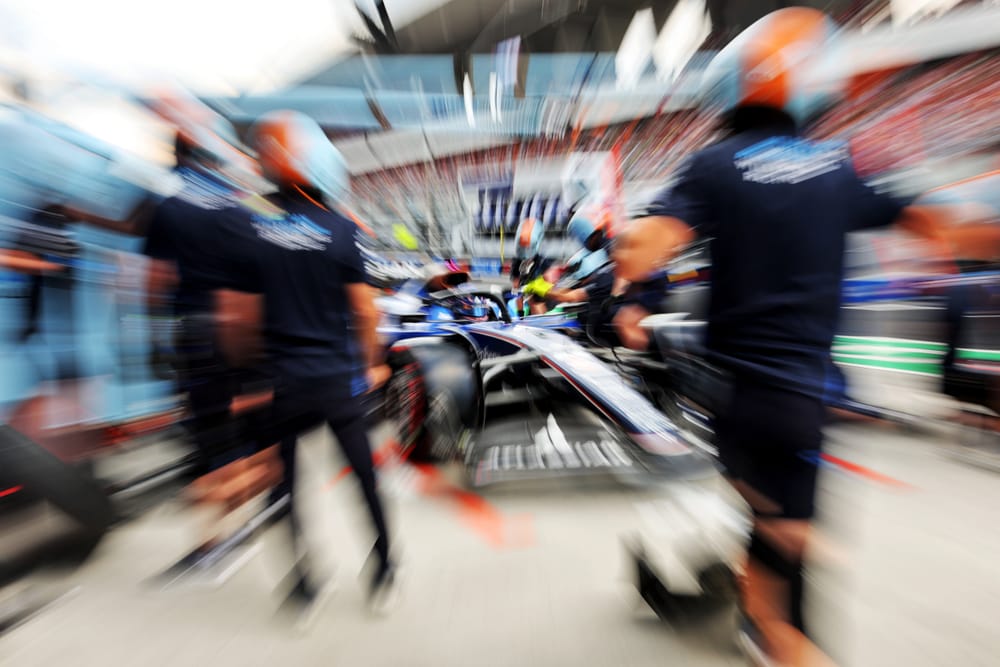Senior Formula 1 figures are evaluating a raft of changes to race weekend formats, which includes ideas to tweak practice, qualifying and potentially even race distances.
While F1 is waiting with bated breath to see the true impact of the all-new car and power unit rules for 2026, that has not stopped some thought being given to changes to the sporting regulations too.
The Race understands that a few proposals to make specific changes to elements of grand prix weekends have gathered some support from teams, and are set for further debate over the next few weeks.
Some of these ideas, which are detailed below, were talked about at a recent Sporting Advisory Committee (SAC), with other proposals also up for debate at an imminent Formula 1 Commission meeting.
If the F1 Commission, which is made up of teams, the FIA and FOM, fully supports any of the ideas then they could be fast tracked to be implemented into the 2026 regulations.
However, it is not clear how much backing the individual proposals will have, or even if any of them will be advanced enough to be put to a vote.
It is possible that they could be put on the backburner as things to be evaluated further and brought back into play for the long term.
The ideas
Sources have suggested that three key proposals have gathered some traction as being worth considering both for 2026 and beyond.
Sprint weekend practice red flag tweak

One of the consequences of sprint weekends is that teams have very little time for practice before they have to commit to set-ups for qualifying sessions and the races.
Teams have also found to their cost that they can be further compromised if red flags interrupt the single Friday practice session – because any time lost by stoppage is not given back.
An idea put forward is that for sprint weekends only, if there are red flags interruptions in practice then the time lost will be added on to the end of the session – up to a maximum of 15 minutes.
This move should ensure that teams are pretty much guaranteed to be able to complete a run plan that they have in place for the hour.
The rule would be quite simple to introduce, but the FIA would need to be aware of the current stipulation that sprint qualifying currently must start no less than two and a half hours and no more than three and a half hours after the end of first practice.
In Brazil this weekend, the gap between the end of practice and the start of sprint qualifying is three hours – so there would be room to add on a theoretical extra 15 minutes if required.
However, weather delays to the start of practice could throw a spanner in the works in taking away that 15 minute extra opportunity if not enough leeway is left before qualifying.
Qualifying session revisions

The arrival of Cadillac in Formula 1 as an 11th team already means that the qualifying format is going to change for next year to account for the two extra cars.
While currently five cars are eliminated in Q1, and five more in Q2 to leave 10 cars in Q3, those numbers will be revised for next season. With Cadillac there, six cars will now be dropped in Q1, and six more in Q2.
One concern that has emerged recently - especially with the pitlane shenanigans that take place as cars try to make gaps out on track - is that the presence of two extra cars could increase the risks of drivers being timed out.
There are already occasions, like at Austin for example, where a number of drivers failed to get a lap started in qualifying because they had run out of time after getting trapped behind stationary rivals in the pits.
Such a possibility could increase more with extra cars thrown in the mix.
That is why a proposal has been put forward by one team for there to be an alteration of the timing splits of the various qualifying segments to add in some extra running.
The idea is that an extra one or two minutes could be added to the first and/or second segments of qualifying. These are currently 18 minutes for Q1 and 15 minutes for Q2.
The extra time would not require qualifying to be extended beyond its standard one hour duration because the idea includes reducing the gap between sessions.
So any time added to running for Q1 or Q2 would be taken off the current seven-minute gap between Q1 and Q2, or the eight minutes between Q2 and Q3.
Standardised race duration

F1’s sporting regulations already lay down a standard length for grands prix.
According to the rules the race distance: “shall be equal to the least number of complete laps which exceed a distance of 305km [190 miles]”.
The only exception, beyond where safety car starts impact things, is for Monaco where, because of its low speed, its distance is the least number of laps that exceeds 260km (162 miles).
But while the race length in distance is uniform over the season, the variety of track speeds means that the time taken to complete a grand prix does vary a lot.
For example, the Italian Grand Prix at the high-speed Monza was this year won by Max Verstappen in 1 hour and 13 minutes. However, the following race at the slower Singapore was won by George Rusell after 1 hour and 40 minutes.
It is understood that a topic set for discussion at the F1 Commission is whether moves should be taken to make the time duration of races more standard – so they all fall into a similar window.
The idea is that having a standard time duration for races would help make things easier for broadcasters to package.
This could be achieved by either lengthening races like Monza, or shortening events like Singapore.
The idea of shortening races came up earlier this year, but did not receive much support from within the paddock – so it is unclear if there will be much backing for an idea of a more standard time length for races.



